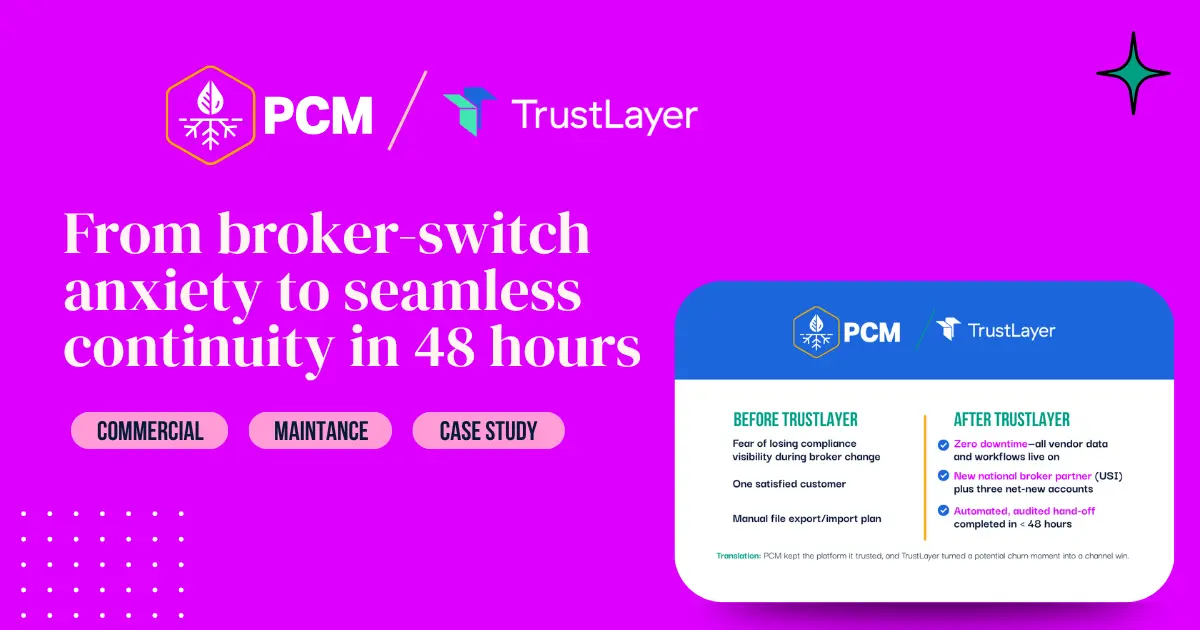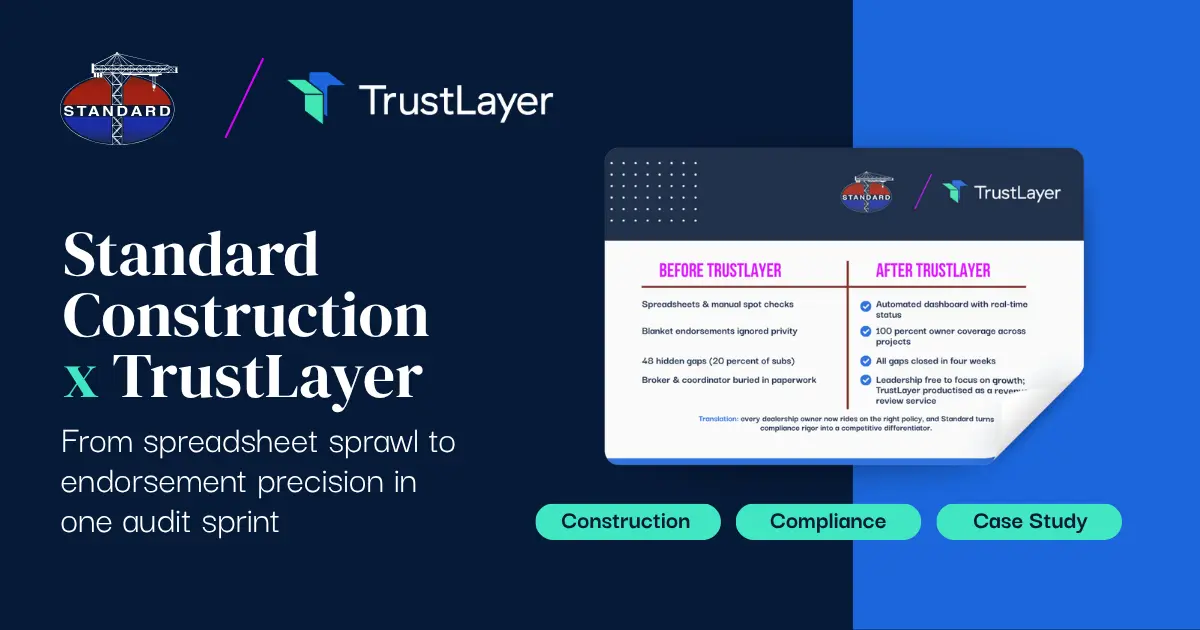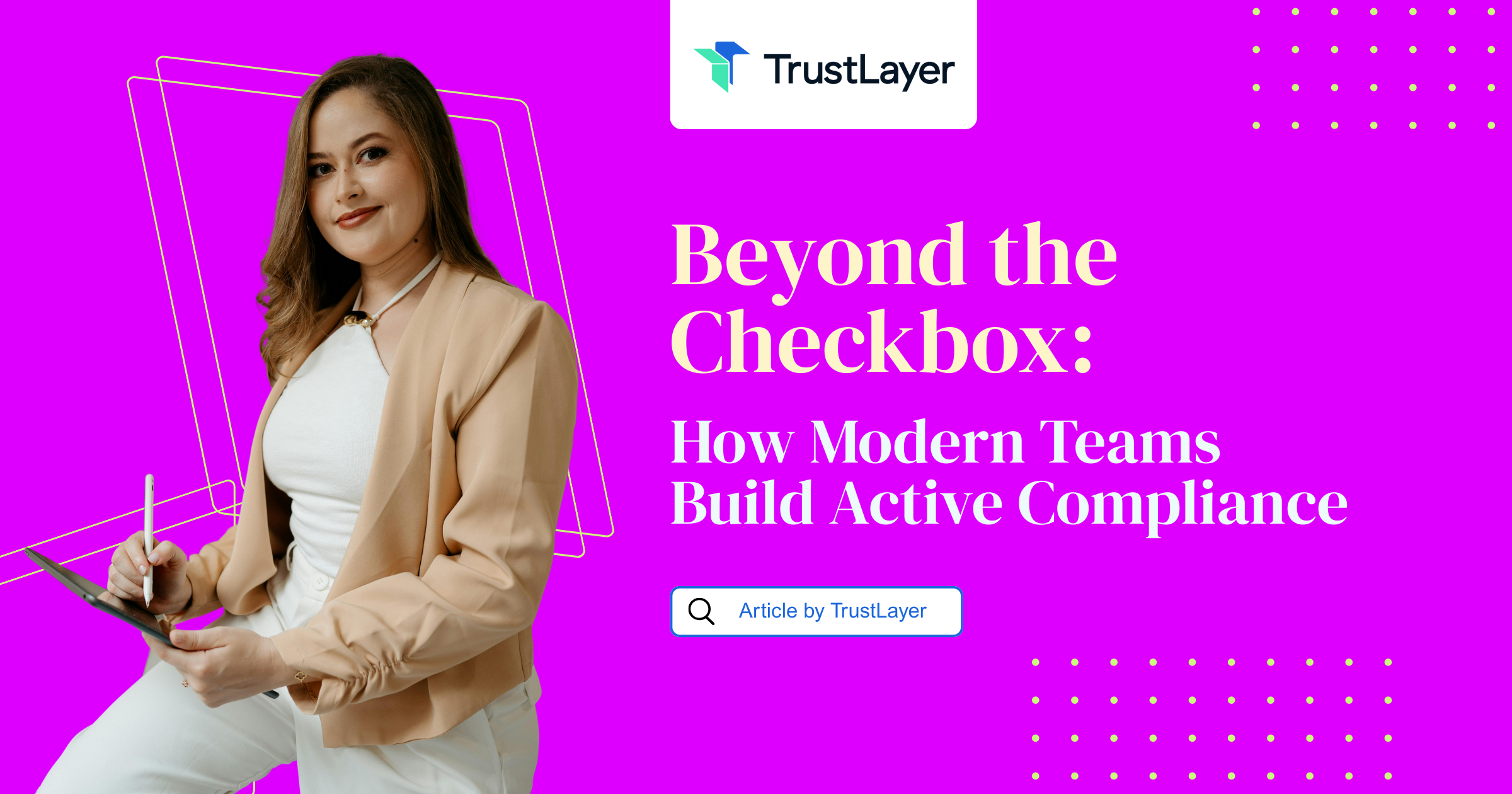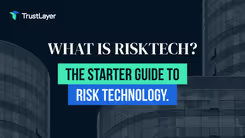Is My COI Compliant?

In today’s complex business environment, having a Certificate of Insurance (COI) that meets compliance requirements isn’t just a formality—it’s a critical safeguard. Whether you’re a contractor, vendor, or business owner managing multiple partnerships, understanding if your COI is compliant can save you from costly risks and legal headaches down the line.
But what exactly does it mean for a COI to be compliant? And how can you be sure that the document you have in hand truly protects your interests? This article dives deep into the nuances of COI compliance, breaking down what you need to know to stay secure and confident in your insurance documentation.
Understanding the Basics: What Is a Certificate of Insurance?
A Certificate of Insurance is a document issued by an insurance company or broker that verifies the existence of an insurance policy. It outlines key details such as the types of coverage, policy limits, effective dates, and the insured parties. For many businesses, a COI acts as proof that a contractor or vendor carries the necessary insurance to cover potential liabilities.
However, a COI is not the insurance policy itself. It’s a summary document, designed to provide a quick snapshot of coverage. Because of this, it’s crucial to understand what the COI reflects—and what it doesn’t—to ensure that it truly meets your compliance standards. For instance, while a COI may indicate that a contractor has general liability insurance, it might not detail exclusions that could leave your business vulnerable in specific scenarios, such as property damage or personal injury claims. This is why it’s essential to review the underlying policy for a comprehensive understanding of coverage.
Why COI Compliance Matters
Non-compliant COIs can leave businesses exposed to serious financial and legal risks. Imagine hiring a subcontractor who claims to have general liability insurance, but their COI lacks the proper coverage limits or excludes certain types of claims. If an incident occurs, your business could be on the hook for damages that should have been covered.
According to a 2023 survey by the Risk and Insurance Management Society (RIMS), nearly 40% of organizations experienced insurance-related gaps due to incomplete or non-compliant COIs. This highlights how common—and costly—these oversights can be. Furthermore, the implications of these gaps extend beyond immediate financial repercussions; they can also damage relationships with clients and stakeholders who expect due diligence in risk management. In industries where safety and compliance are paramount, such as construction or healthcare, the stakes are even higher, making it essential for businesses to implement robust systems for verifying COI compliance. Regular audits and training for staff responsible for managing these documents can go a long way in mitigating risks and ensuring that all contractors and vendors meet the necessary insurance requirements.
Key Elements of a Compliant COI
While the exact requirements for COI compliance can vary by industry, contract, and jurisdiction, there are several core elements that every compliant COI should include. Paying close attention to these details can help you spot red flags and avoid surprises.
1. Accurate Named Insured
The COI must clearly identify the insured party—the contractor, vendor, or business entity holding the insurance policy. Errors or omissions in the named insured can render the COI invalid for your purposes. For example, if the COI lists an individual’s name but the contract is with a corporation, the coverage may not extend to the work being performed.
Additionally, it’s important to verify that the named insured matches the legal entity that is performing the work. In some cases, businesses operate under different names or have multiple subsidiaries. Ensuring that the correct legal name is used can prevent disputes and ensure that the insurance coverage is enforceable in the event of a claim.
2. Appropriate Coverage Types
Depending on your industry and contract requirements, the COI should reflect specific types of insurance. Common coverage types include general liability, workers’ compensation, professional liability, and automobile liability. For construction contracts, additional coverages like umbrella policies or builder’s risk insurance might be necessary.
Reviewing the COI to confirm that the coverage types align with your contractual obligations is essential. Missing or insufficient coverage can expose your business to uncovered claims. Furthermore, understanding the nuances of each coverage type can help you assess potential risks. For instance, professional liability insurance is crucial for service-oriented industries, as it protects against claims of negligence or inadequate work, which may not be covered under general liability policies.
3. Sufficient Policy Limits
Policy limits define the maximum amount the insurer will pay for a covered claim. Your COI should show limits that meet or exceed the minimums specified in your contract. For instance, a contract might require $1 million in general liability coverage; a COI showing only $500,000 would not be compliant.
It’s worth noting that higher-risk industries often require greater limits. Construction, transportation, and healthcare sectors typically demand more robust coverage thresholds. Additionally, consider the potential financial impact of a claim. In some cases, it may be prudent to negotiate higher limits than those required by contract, especially if your business could face significant exposure from a single incident.
4. Valid Policy Dates
The COI must reflect current and active insurance coverage. Check the effective and expiration dates to ensure the policy is valid for the entire duration of the contract or project. Expired or soon-to-expire policies can leave gaps in coverage that jeopardize your protection.
Moreover, it’s advisable to establish a system for monitoring the renewal dates of insurance policies. This proactive approach can help you avoid lapses in coverage that could arise from oversight or administrative errors. In high-stakes projects, having continuous coverage is essential to mitigate risks effectively.
5. Additional Insured Endorsements
Many contracts require that your business be named as an additional insured on the contractor’s policy. This endorsement extends coverage to your company, providing direct protection in case of claims related to the contractor’s work.
The COI should explicitly state that your business is listed as an additional insured. Absence of this endorsement is a common compliance pitfall. Additionally, it may be beneficial to request a copy of the endorsement itself, as the language can vary significantly between policies. Understanding the scope of coverage provided by this endorsement can help you assess your risk exposure more accurately.
6. Waiver of Subrogation
A waiver of subrogation prevents the insurer from seeking reimbursement from your business if a claim is paid out. This clause is often required to limit liability between parties in a contract.
Ensure the COI or accompanying endorsements include a waiver of subrogation if your contract stipulates it. Missing this can lead to unexpected legal exposure. Furthermore, discussing the implications of this clause with your legal counsel can provide clarity on how it affects your overall risk management strategy, particularly in collaborative projects where multiple parties are involved.
Common Challenges in COI Compliance
Even with a checklist, ensuring COI compliance can be complicated. Here are some of the most frequent challenges businesses face:
Inconsistent Documentation
Businesses often receive COIs in varying formats and levels of detail. Some certificates may be handwritten, while others are generated by different insurance carriers with different terminology. This inconsistency makes it difficult to standardize compliance checks. Additionally, the lack of a uniform template can lead to confusion among staff responsible for reviewing these documents, as they may not know what to look for in terms of validity and coverage. This challenge is compounded when multiple vendors are involved, each potentially using their own unique format, which can lead to errors in processing and oversight in compliance.
Fake or Altered Certificates
Unfortunately, fraudulent COIs are a real problem. Unscrupulous contractors might submit fake or altered certificates to meet contract requirements. Without expert review, these can slip through, leaving businesses vulnerable. The repercussions of accepting a fraudulent certificate can be severe, ranging from financial loss to legal liabilities. To combat this, companies must invest in robust verification processes, including cross-referencing with insurance providers and utilizing technology that can help detect inconsistencies or anomalies in the documentation. Furthermore, training staff to recognize signs of forgery can significantly reduce the risk of accepting invalid certificates.
Changing Insurance Policies
Insurance policies can change mid-contract due to cancellations, renewals, or endorsements. Keeping track of updated COIs and ensuring continuous compliance requires diligent monitoring. This task can be particularly daunting for businesses managing numerous contracts across various sectors. A single lapse in coverage could expose a company to significant risk, especially if an incident occurs during a period of non-compliance. Implementing automated tracking systems can help mitigate this challenge by sending alerts when COIs are nearing expiration or when changes in coverage are detected, ensuring that businesses remain compliant without overwhelming their staff.
Complex Contractual Requirements
Contracts often have nuanced insurance requirements that can be difficult to interpret. For example, some may require specific endorsements or coverage for certain types of claims that aren’t standard in all policies. This complexity can lead to misunderstandings between parties, where one side believes they are compliant while the other does not. Moreover, differing state regulations and industry standards can further complicate matters, as what is acceptable in one jurisdiction may not be in another. To navigate these intricate requirements, companies should consider consulting with legal and insurance professionals who can provide clarity and ensure that all contractual obligations are met effectively, thus safeguarding the organization against potential disputes.
How to Verify If Your COI Is Compliant
Given these challenges, how can you confidently verify COI compliance? Here are some practical steps to consider:
1. Review Contractual Insurance Requirements Thoroughly
Start by understanding exactly what your contract demands in terms of insurance coverage. This includes coverage types, limits, endorsements, and any special clauses like waivers of subrogation or additional insured status.
2. Examine the COI Details Carefully
Check every element of the COI against your contract’s requirements. Pay special attention to the named insured, coverage types, policy limits, and effective dates. Don’t hesitate to ask for the actual insurance policy or endorsements if the COI is unclear.
3. Consult Licensed Insurance Professionals
Insurance documentation can be complex and technical. Licensed insurance professionals have the expertise to interpret policies and verify compliance accurately. Working with experts can help you avoid costly mistakes and ensure peace of mind.
TrustLayer’s licensed insurance professionals, for example, specialize in reviewing COIs to confirm they meet industry and contractual standards. Their guidance can be invaluable for businesses managing multiple vendors or complex insurance requirements.
4. Use Technology to Track and Manage COIs
While this article doesn’t delve into specific software solutions, it’s worth noting that many businesses benefit from tools that automate COI collection, verification, and renewal tracking. This reduces manual errors and helps maintain continuous compliance.
5. Establish Clear Internal Procedures
Develop a standardized process for requesting, reviewing, and storing COIs. Train your team on what to look for and when to escalate concerns to insurance professionals. Consistency is key to maintaining compliance over time.
Real-World Examples of COI Compliance Issues
Understanding compliance is easier when looking at real-world scenarios. Here are two illustrative examples:
Example 1: Construction Project Delay Due to Insufficient Coverage
A general contractor began a major commercial build but failed to thoroughly verify the COI of a subcontractor. The subcontractor’s COI showed general liability coverage, but with limits below the contract’s minimum. When a workplace accident occurred, the subcontractor’s insurer denied full coverage due to the policy limits, leaving the general contractor responsible for significant costs. This delayed the project and led to expensive litigation.
Example 2: Vendor COI Missing Additional Insured Endorsement
A technology company hired a vendor for on-site equipment installation. The vendor provided a COI listing general liability insurance, but did not include the technology company as an additional insured. When equipment damage occurred, the vendor’s insurer refused to cover the claim involving the technology company directly, resulting in out-of-pocket expenses for the latter.
Why Staying Ahead of COI Compliance Is a Smart Business Move
Beyond avoiding legal and financial risks, maintaining compliant COIs strengthens your business relationships. It demonstrates professionalism, due diligence, and respect for contractual obligations. Clients and partners are more likely to trust companies that manage insurance risks proactively.
Moreover, in industries where insurance compliance is heavily regulated—such as construction, healthcare, and transportation—failure to maintain compliant COIs can lead to contract termination, fines, or loss of licensure.
Final Thoughts
Determining whether your Certificate of Insurance is compliant involves more than just glancing at a document. It requires a detailed understanding of your contract’s insurance requirements, careful examination of the COI’s details, and often, expert insight from licensed insurance professionals.
By prioritizing COI compliance, businesses can safeguard themselves against unexpected liabilities, streamline vendor management, and foster stronger, more reliable partnerships.
For those looking to deepen their understanding or ensure their COIs meet all necessary standards, consulting with insurance experts is a wise next step.
Explore More and Get Expert Help
If this article has sparked your interest, be sure to check out other insightful articles from TrustLayer that cover insurance best practices, risk management tips, and compliance strategies. Staying informed is the first step toward stronger business protection.
Ready to take the next step? Book a consultation with TrustLayer’s licensed insurance professionals to review your COIs and receive tailored guidance. Their expertise can help you navigate the complexities of insurance compliance with confidence.
Don't let the complexities of COI compliance slow down your business. TrustLayer is revolutionizing the way modern risk managers handle certificates of insurance, offering a seamless, automated solution that saves time and money. Say goodbye to the administrative burden of manual document verification and embrace a future where compliance is just a click away. Set up a time to talk with our team and discover how TrustLayer can streamline your vendor document management and help you build trust with confidence.
















